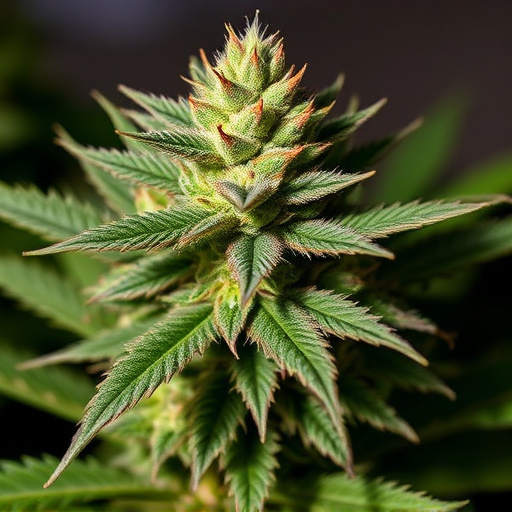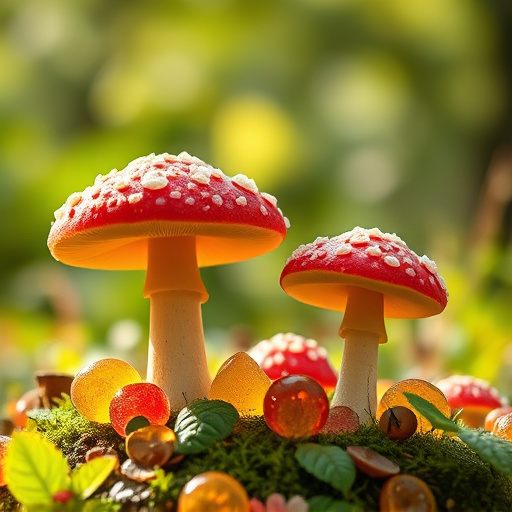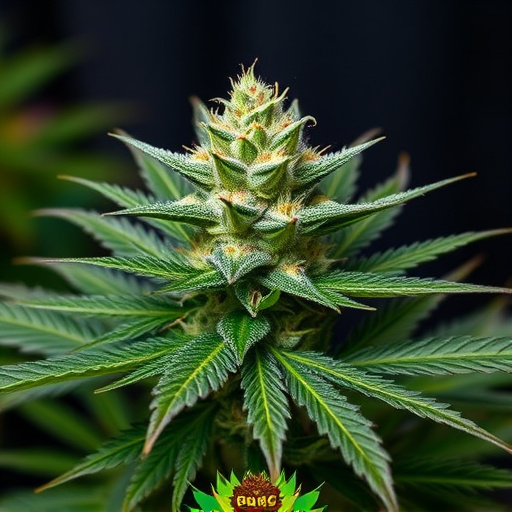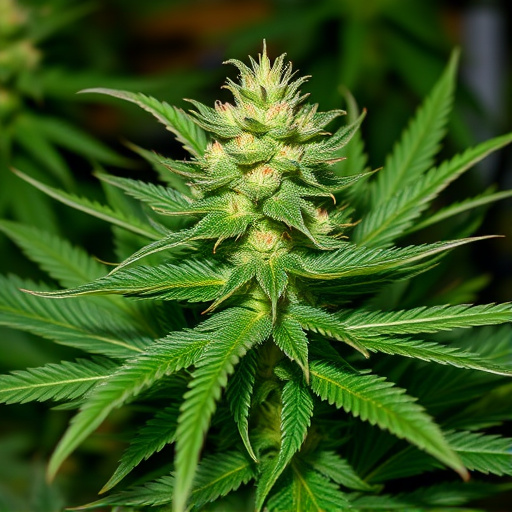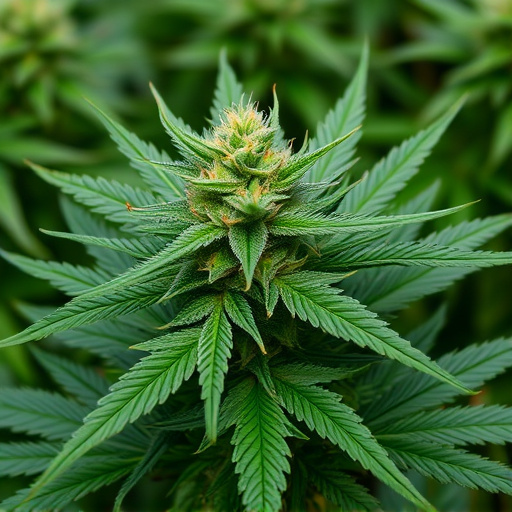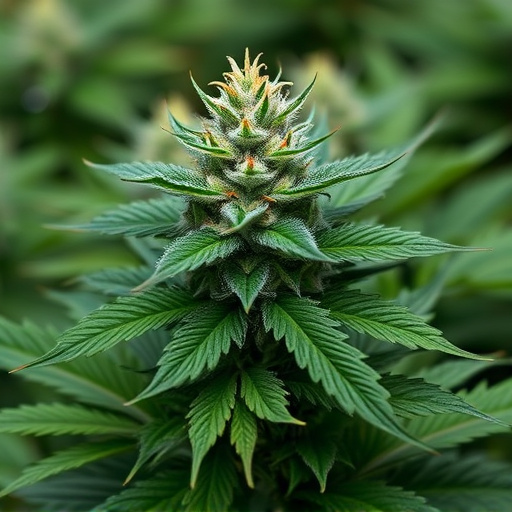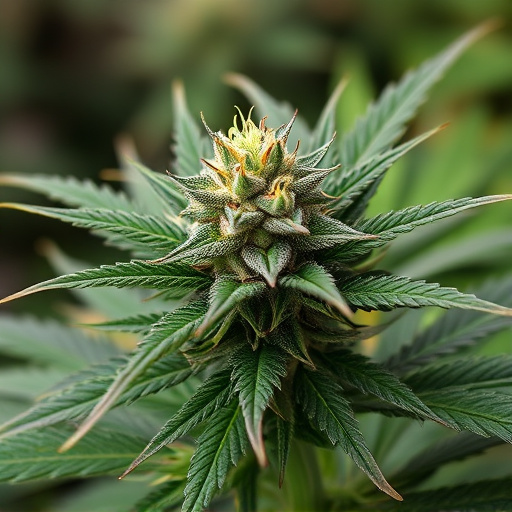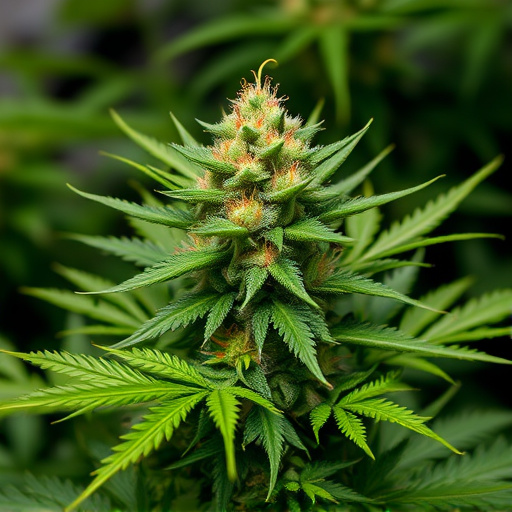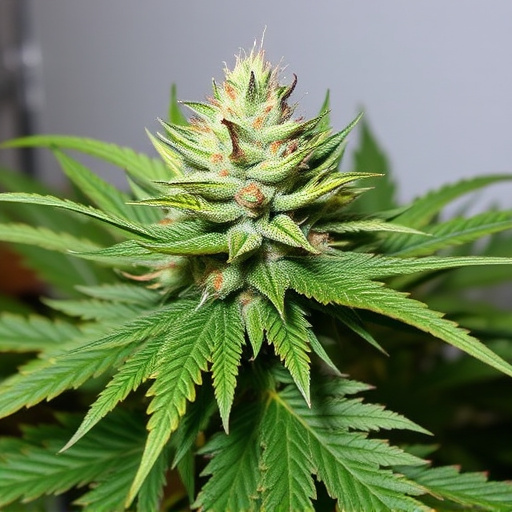The unique aromas of best-looking cannabis strains stem from their genetic makeup, which determines terpene production. Terpenes, aromatic compounds like myrcene and limonene, influence the scent and potential effects of each strain. Environmental conditions during cultivation also play a role, with precise control enhancing terpene diversity and complexity. Human olfaction deciphers these chemical signatures, allowing enthusiasts to appreciate the intricate aromas that set apart the best-looking cannabis strains.
Uncover the enchanting world of cannabis aroma, where each strain weaves a unique olfactory experience. This article delves into the intricate factors shaping cannabis scents, from the genetic code and terpene profiles that form the foundation, to environmental influences enhancing their expression. We explore how our senses interpret these compounds, revealing why certain strains stand out as the best looking in terms of aroma complexity and allure. Prepare to embark on a fragrant journey through the cannabis landscape.
- Genetic Makeup and Terpene Profile: The Foundation of Cannabis Aroma
- Environmental Factors: How Terpenes Express Themselves
- Sensory Perception: Unraveling the Complexities of Human Olfaction in Cannabis Appreciation
Genetic Makeup and Terpene Profile: The Foundation of Cannabis Aroma
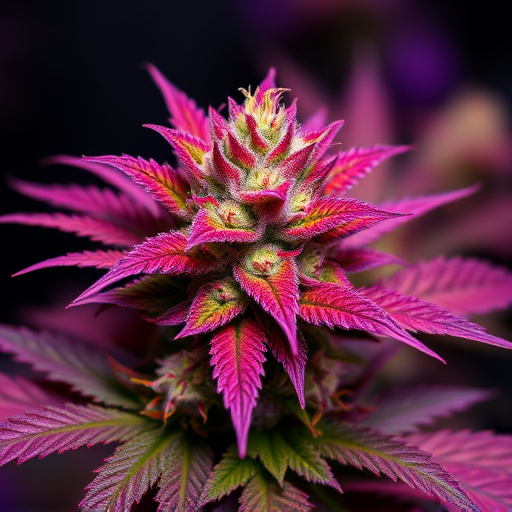
The genetic makeup of a cannabis plant plays a pivotal role in shaping its aroma, laying the foundation for the sensory experience it offers. Each strain possesses a unique combination of genes that influence the production and types of terpenes, which are aromatic compounds responsible for the distinct scents we associate with different strains. For instance, some strains may produce higher levels of myrcene, known for its earthy and musky notes, while others might have more limonene, contributing to citrusy fragrances.
Terpene profiles are often what set apart the best-looking cannabis strains from one another. These aromatic compounds not only provide a nose-pleasing experience but also interact with cannabinoids like THC and CBD, potentially enhancing or modifying their effects. The intricate dance between genetics and terpene synthesis results in a vast array of aromas, ensuring that cannabis enthusiasts can find a strain tailored to their preferences, be it fruity, floral, spicy, or earthy notes.
Environmental Factors: How Terpenes Express Themselves
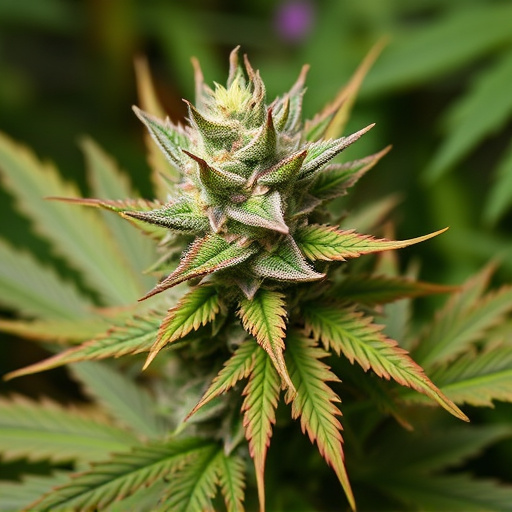
The environmental conditions during cannabis cultivation significantly influence the plant’s final aroma profile. Terpenes, responsible for giving cannabis its distinctive scents, are highly sensitive to temperature, light, and humidity levels. These external factors play a pivotal role in how terpenes express themselves within the plant. For instance, optimal growing conditions, such as controlled climate settings, can lead to enhanced terpene production and diversity, resulting in more complex and desirable aromas in cannabis strains.
Among the best-looking cannabis strains, those with well-balanced terpene profiles often top the charts for their appealing scents. Environmental controls allow cultivators to optimize terpene synthesis, ensuring that specific strains’ aromatic characteristics shine through. This precision cultivation not only creates visually stunning plants but also offers consumers a more nuanced and enjoyable sensory experience when interacting with these best cannabis strains.
Sensory Perception: Unraveling the Complexities of Human Olfaction in Cannabis Appreciation

The human sense of smell, or olfaction, plays a pivotal role in how we perceive and appreciate the aroma of cannabis. It’s a complex interplay of chemical compounds that triggers our olfactory receptors, allowing us to detect and differentiate subtle scents. In the case of cannabis, this sensory perception goes beyond mere identification; it evokes emotions, recalls memories, and influences our overall experience of different strains.
Understanding olfaction is crucial when exploring the diverse aromas associated with best-looking cannabis strains. Each strain boasts a unique chemical profile, with various terpenes and cannabinoids contributing to their characteristic scents. Terpenes, for instance, are aromatic compounds that not only give cannabis its distinct smell but also influence its potential therapeutic effects. By decoding these chemical signatures, cannabis enthusiasts can delve deeper into the sensory experience, appreciating the intricacies of aroma that make certain strains truly remarkable.
The aroma of cannabis is a multifaceted interplay between its genetic makeup, environmental conditions, and human perception. Understanding these components, from the diverse terpene profiles that give each strain its unique character to the influence of growing conditions on terpene expression, is key to appreciating the vast spectrum of scents in the best-looking cannabis strains. Human olfaction, with its intricate sensory perception, further complicates and enriches this experience. By exploring these factors, we gain a deeper insight into why certain strains captivate our senses and contribute to the evolving world of cannabis appreciation.
